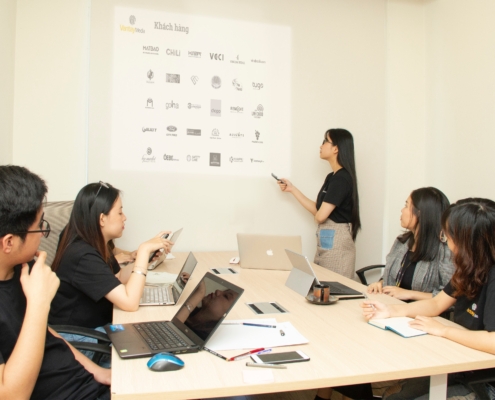The Top 5 Skills of Senior Project Managers

Photo by Christina-wocintechcha.com on Unsplash
Senior level project management is more than competence. The myriad responsibilities that come with this role require broader skills.
Razor-sharp business focus. Senior PMs understand and manage their project priority against other active initiatives in the portfolio. Senior PMs clearly articulate this information to negotiate with stakeholders. They also keenly leverage their sponsor’s strengths to successfully launch and guide their projects. Senior project managers also deeply understand their project’s products and how they’ll impact their stakeholders.
An easy manner with all stakeholder types. Senior project managers readily deal with all kinds and levels of stakeholders, even the ones who don’t share the same agenda. They advise senior leaders to influence their decision making. They also work well with entry level team members because they generate trust through straightforward communications. Senior PMs can manage stakeholders because they fully understand the status and role each stakeholder plays in their projects.
Delegation and coaching to support their projects and team members. As larger, more complex projects require more management, the Senior PM delegates – especially technical items – to team members with specialized skills. They also rely on others to directly manage the project, including the coordination of status reporting, detection and resolution of project issues, and handling some customer interactions. The Senior PM takes time to understand other’s capabilities, so they know when to intervene to get tasks accomplished. The best senior PMs use coaching to develop team members. Skillful coaching allows the Senior PM to support and enhance the skills of others and get the best out of their teams.
Change Perspective. Senior project managers determine the degree of organizational change their stakeholders can handle. This involves both the short-term impacts and how the project’s deliverables fit into the business’s strategic direction. Senior PMs design their projects to successfully deliver change with both sound business processes and technical deliverables.
Change from a business perspective requires the Senior PM to understand the actions of competitors, new demands from customers, and other changes in the marketplace that require the business to respond. They also understand the capabilities of their business team members, so the project’s new tools and processes are understandable to business stakeholders and can be readily deployed.
Mastery of risk management. Senior project managers cope with risks that aren’t in their direct sphere of influence. They utilize risk response plans that are tailored not just to the outcome of a risk event, but also the multiple causes that can trigger it. For example, purchased components may not show up in time. The lesser experienced project manager will order extra product from another vendor to mitigate the risk. That’s a good response strategy…unless delivery drivers are on strike. Senior PMs anticipate and accommodate the different events that can turn risks into issues.
For more about being a project manager, check out the courses in the Become a Project Manager learning path.









